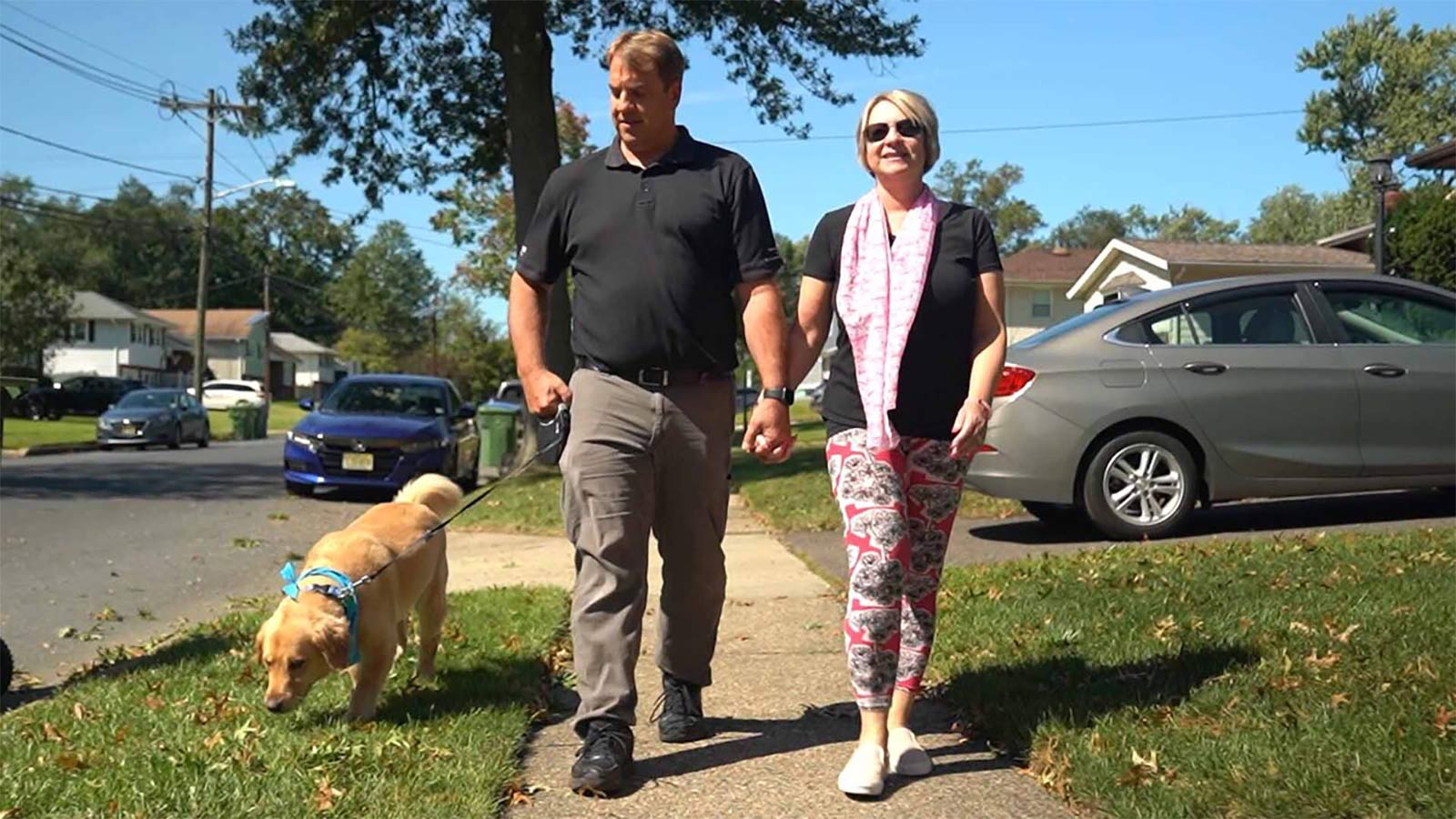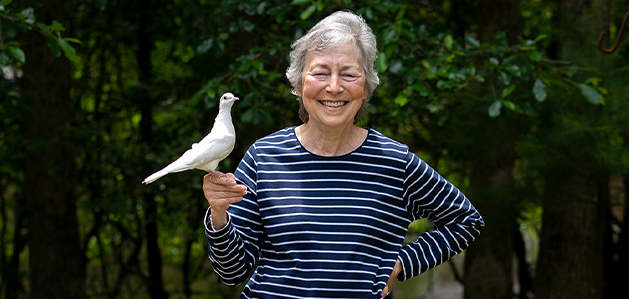Robot Helps Spot Lung Cancer Early
Robot-assisted bronchoscopy is the latest tool used by specialists with Virtua’s Comprehensive Lung Program to diagnose and treat lung cancer.
By Syed Riaz, MD, Pulmonologist, Virtua Pulmonology – Marlton
If a spot is found on your lungs, you’d want to know what it is, right?
Robot-assisted bronchoscopy is the latest tool used by specialists with Virtua’s Comprehensive Lung Program to diagnose and treat lung cancer.
Improved Maneuverability
Lung cancer is the leading cause of cancer deaths worldwide. Symptoms of lung cancer often don’t appear until the disease has advanced to other parts of the body and is harder to treat. That’s why doctors encourage current and former smokers to undergo a low-dose CT scan to look for suspicious nodules that could be cancer.
At the Penn Medicine | Virtua Health Cancer Program, nurse navigators help you schedule the scans and follow up with pulmonologists, oncologists, and surgeons for the diagnosis and treatment of nodules.
Robot-assisted bronchoscopy uses a thin tube called a bronchoscope that travels through your lung’s airways and take a sample of the nodule for testing. While technology has improved pulmonologists’ ability to plot a course through the airways, a traditional, manually operated scope has difficulty navigating the many tight turns.
This new system precisely translates the moves I’m making through the controller (which closely resembles those used in videogame systems) to complete the turns and acute angles so I can get to any area.
Reaching Farther
Through a traditional bronchoscope, we are able to reach only about 60% of nodules for diagnosis. With robot-assisted bronchoscopy, that figure should jump to 80% to 90% with better access to hard-to-reach peripheral lung nodules.
The technology also reduces the need for more-invasive approaches like a needle biopsy through the chest.
During the procedure, we also perform an endobronchial ultrasound (EBUS) to look for nodules in the lymph nodes. This would indicate cancer has spread to a more advanced stage.
If the bronchoscopy finds cancer, you will be referred for treatment, such as radiation therapy or surgery.
Thanks to this new technology, no area is beyond our reach. If the nodule turns out to be cancerous, we can begin treatment sooner and have the best possible outcomes for our patients.
Do You Qualify for a Lung Screening?
Early-stage lung cancer doesn’t cause many symptoms. Learn more about how lung cancer screening with a low-dose CT scan can help detect tumors or nodules at an early, treatable stage.
There's So Much More to Explore
Discover expert insights, inspiring stories, health tips, and more by exploring the content below!

10 Reasons To Schedule Your Colonoscopy Today
Is an At-Home Colon Cancer Test a Good Alternative to a Colonoscopy?

The HPV Vaccine: A Powerful Shield Against Cervical Cancer

How Does Breast Density Affect Your Mammogram?

Breast Cancer Diagnosis Inspires Catherine to Help Others

Put Your Mammogram Appointment on the Top of Your To-Do List
Firefighter's Successful Lung Cancer Care at Virtua

A Breast Self-Exam Saved Kristen's Life

Protect Your Child From HPV and Related Cancers

What to Know About Cervical Cancer Screenings
6 Tips for an Easier Colonoscopy Prep

Rectal Cancer Surgery Gets Eileen Back to her Magical Life | Virtua Health
Robotic Surgery Helps Shelly Haney Return to Her Happy Place

